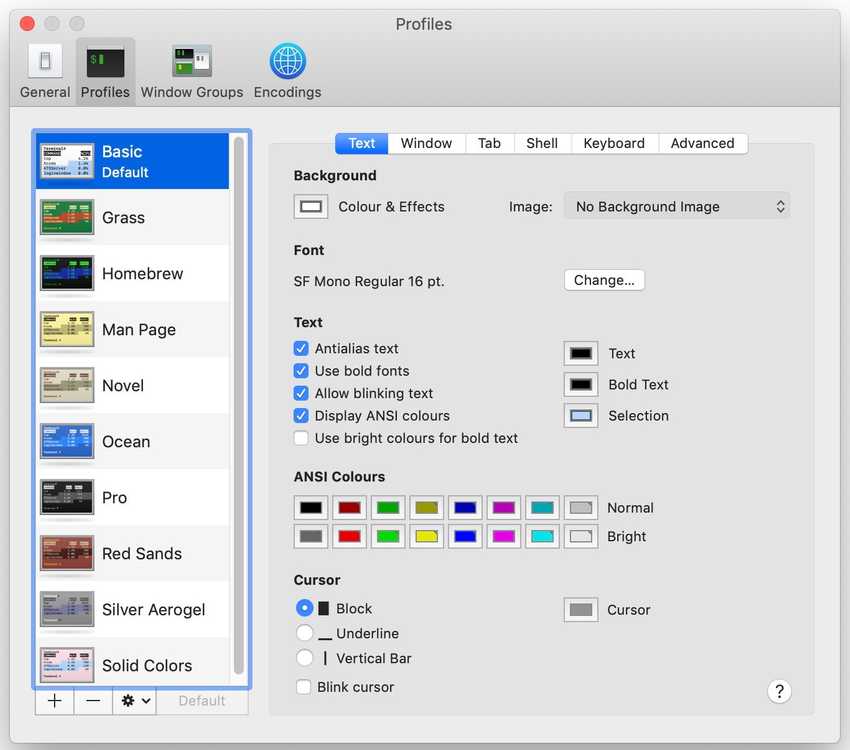

All you have to do is run "dnf install cairo-dock" as root (or sudo), it will install the Cairo-Dock packages and whatever additional packages they depend on.Īfter installation has completed, you will need to run Cairo-Dock. Unfortunately it is also not listed in the Fedora Software management utility, so you will have to install it yourself from the CLI.

This is a complete separate package, it is not included in the Gnome Tweaks utility or the Gnome Shell Extensions web page. There is one other alternative for a good application launcher on the Gnome 3 desktop, the Cairo-Dock (also known as GLX-Dock). My point here is not only that the Coverflow Alt-Tab extension is good for a lot of Gee-Whiz effect, but also that it is really worthwhile to dig through the entire Gnome Extensions web page, there are quite a few gems in there.
#Increase size of launchbar os full
If you want the Full Monty of Alt-Tab functionality, the Gnome Extensions site includes (on page 5 of 17) the Coverflow Alt-Tab extension. Turning on the Tweak extension at least gives you a reduced view of each window, but the selection is still pretty boring. As I mentioned above in the Tweaks tool, the default Alt-Tab display is pretty lame. The second part will cover the Gnome Tweak Tool and the Gnome Shell Extensions web page, which offer more extensive and often easier customization, and which offer GUI access to many of those cryptic CLI commands. The first part will discuss only the very few and relatively simple desktop configuration options available in the basic Gnome 3.18 installation, without going into cryptic CLI commands. This post is going to be divided into two parts.

I will be using Gnome 3.18 on Fedora 23 for the examples. This means that in some cases where there are a number of different functions consolidated in one tool or in one place, I am likely to just hit a couple of the high points and then say, "there is lots of other interesting stuff here". I will focus on configuration and customization, therefore I will not necessarily be walking through every function available. It is not an introduction to the various desktops, or a how-to-use tutorial. Now it is time for Gnome 3, but before diving into that, I would like to make clear, again, that the point of this series is 'how to customise your Linux desktop'. So far in this series I have looked at the Xfce and KDE desktops, which were conceptually similar in many ways.


 0 kommentar(er)
0 kommentar(er)
